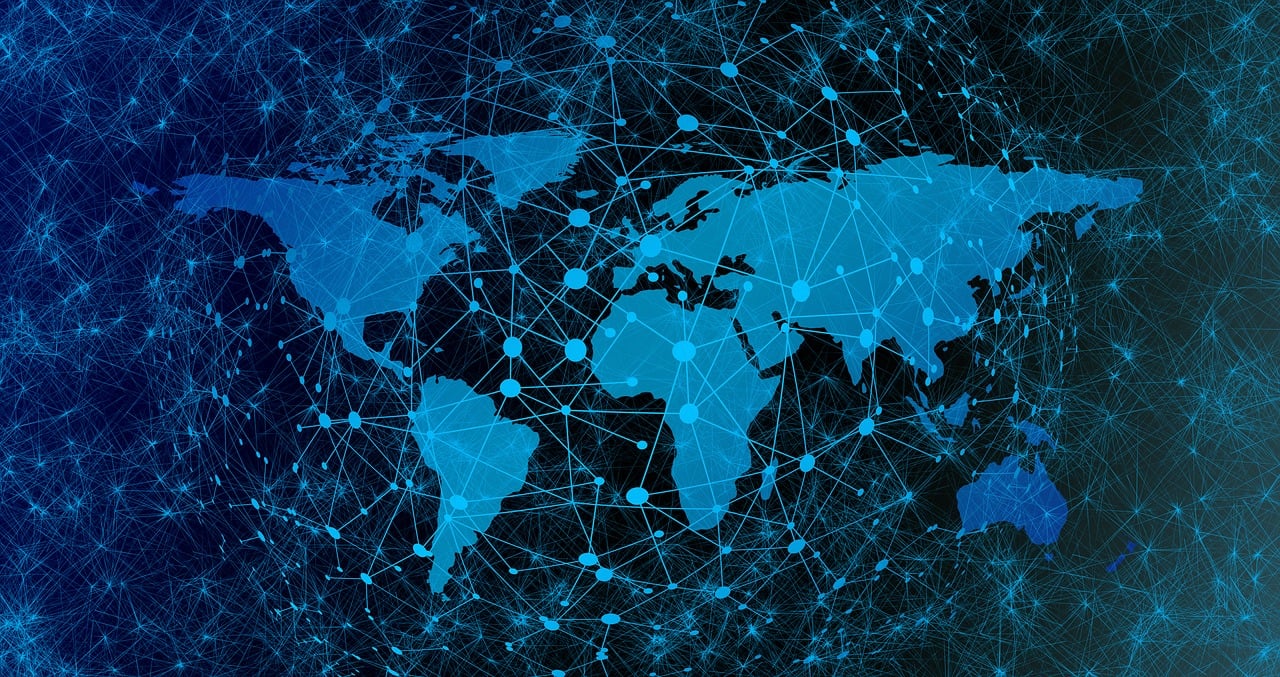The replacement of communication cables by optical cables
The replacement of communication cables by optical cables is a significant trend in modern technology. Optical cables, also known as fiber-optic cables, offer numerous advantages over traditional communication cables. They are much faster, more reliable, and have a much higher capacity for data transmission.One of the main advantages of optical cables is their speed. Data can travel through these cables at the speed of light, which is many times faster than the speed of traditional communication cables. This means that information can be transmitted much more quickly and efficiently.Another advantage of optical cables is their reliability. Traditional communication cables can be prone to interference and noise, which can affect the quality of the transmission. However, optical cables are not affected by these factors and can provide a much more reliable and stable transmission.Finally, optical cables have a much higher capacity for data transmission. Traditional communication cables have a limited capacity for data transmission, but optical cables can handle much more data simultaneously. This allows for a much more efficient and effective transmission of information.In conclusion, the replacement of communication cables by optical cables is a trend that is likely to continue in modern technology. Optical cables offer numerous advantages over traditional communication cables and are becoming increasingly popular in various fields.
In recent years, the telecommunications industry has undergone significant changes, with optical cables gradually replacing communication cables in many applications. This shift has occurred for a number of reasons, including the increasing demand for bandwidth, the need to reduce transmission costs, and the advantages of optical cables in terms of performance and efficiency.
Firstly, the demand for bandwidth has skyrocketed in recent years, driven by the popularity of internet-connected devices and high-bandwidth applications such as video streaming and online gaming. Traditional communication cables, which use copper or aluminum wires, have limited bandwidth capacity and are prone to signal degradation at higher frequencies. This means that as the demand for bandwidth increases, more and more cables are needed to meet the demand, which can be both costly and challenging to implement.

Secondly, reducing transmission costs is another key driver of the shift to optical cables. The cost of copper and aluminum wires has increased significantly in recent years, due to a number of factors including limited availability of new deposits and increased global demand. This has made it more expensive for telecommunications providers to maintain and expand their networks using traditional cables. In contrast, optical cables use light to carry signals, which has much lower transmission losses and requires less maintenance. This means that telecommunications providers can reduce their overall transmission costs by using optical cables.
Thirdly, the advantages of optical cables in terms of performance and efficiency are also driving their adoption. Optical cables offer much higher data transmission speeds and lower latency than traditional communication cables. This is because light signals travel much faster than electric signals and are not subject to the same signal degradation issues as copper or aluminum wires. This means that telecommunications providers can offer their customers better performance and efficiency by using optical cables.
However, it is important to note that the shift to optical cables is not without its challenges. One major challenge is the cost of implementing new optical cable networks. While the cost of individual optical cables may be lower than that of traditional communication cables, the overall cost of implementing a new optical cable network can be significant. This includes the cost of purchasing new equipment, such as transmitters and receivers, as well as the cost of laying new cables in the ground or underwater. Additionally, there are also challenges related to the maintenance and repair of optical cables, which require specialized knowledge and equipment.

Another challenge is the issue of security. Optical cables are more vulnerable to attacks from hackers or other malicious actors than traditional communication cables. This is because they are more difficult to detect and monitor than copper or aluminum wires, and therefore provide a more attractive target for attackers. To address this challenge, telecommunications providers need to implement strong security measures to protect their optical cable networks from attacks.
In conclusion, while there are significant advantages to using optical cables in telecommunications networks, there are also challenges that need to be addressed. These challenges include the cost of implementing new networks, the issue of security, and the need for specialized maintenance and repair skills. However, with continued advancements in technology and innovation in the telecommunications industry, it is likely that these challenges will be overcome in time allowing for even wider adoption of optical cables in communication networks worldwide.
Articles related to the knowledge points of this article:
Title: Understanding Vehicle Communication Cable Types and Specifications
Title: Communication Cable Color Code Line Sequence Table
Where to Purchase Communications Cables: A Comprehensive Guide
Communication Cable Quantity Requirements
Communication Cable Copper: What Type of Copper is it?
Title: Classification and Characteristics of Electric Power Cables for Telecommunications